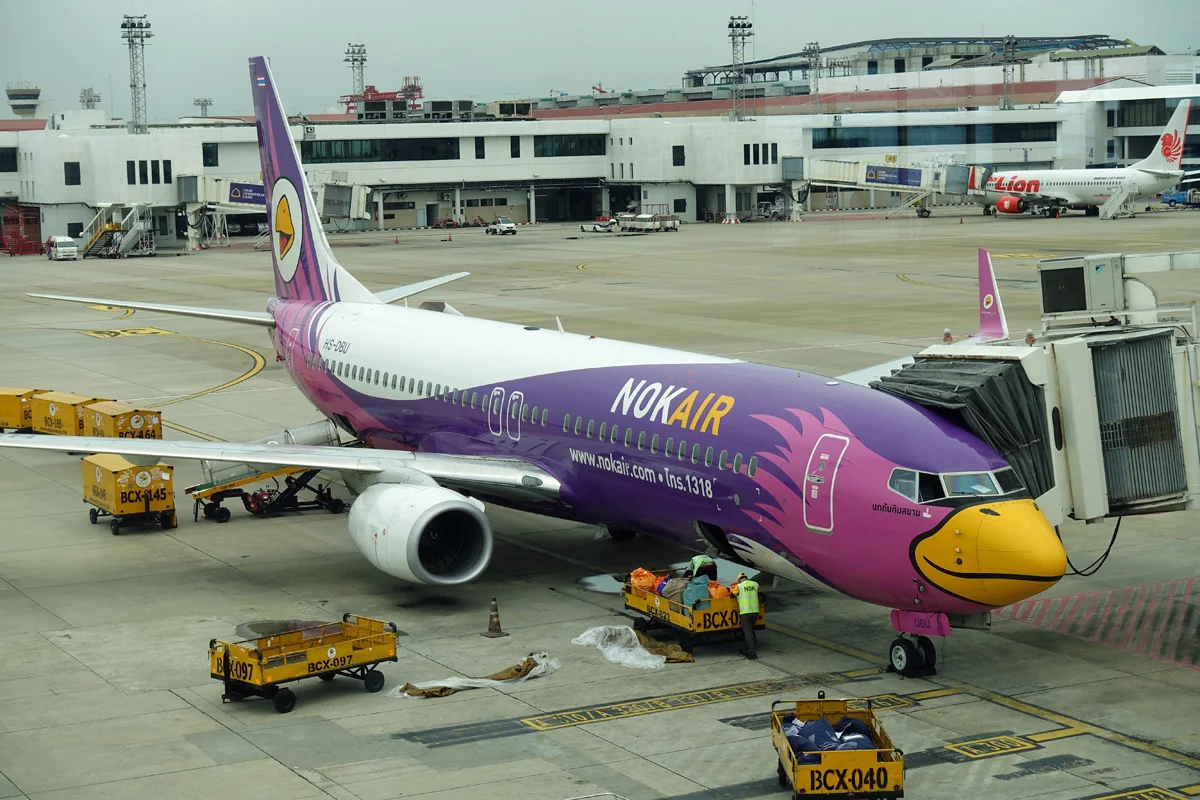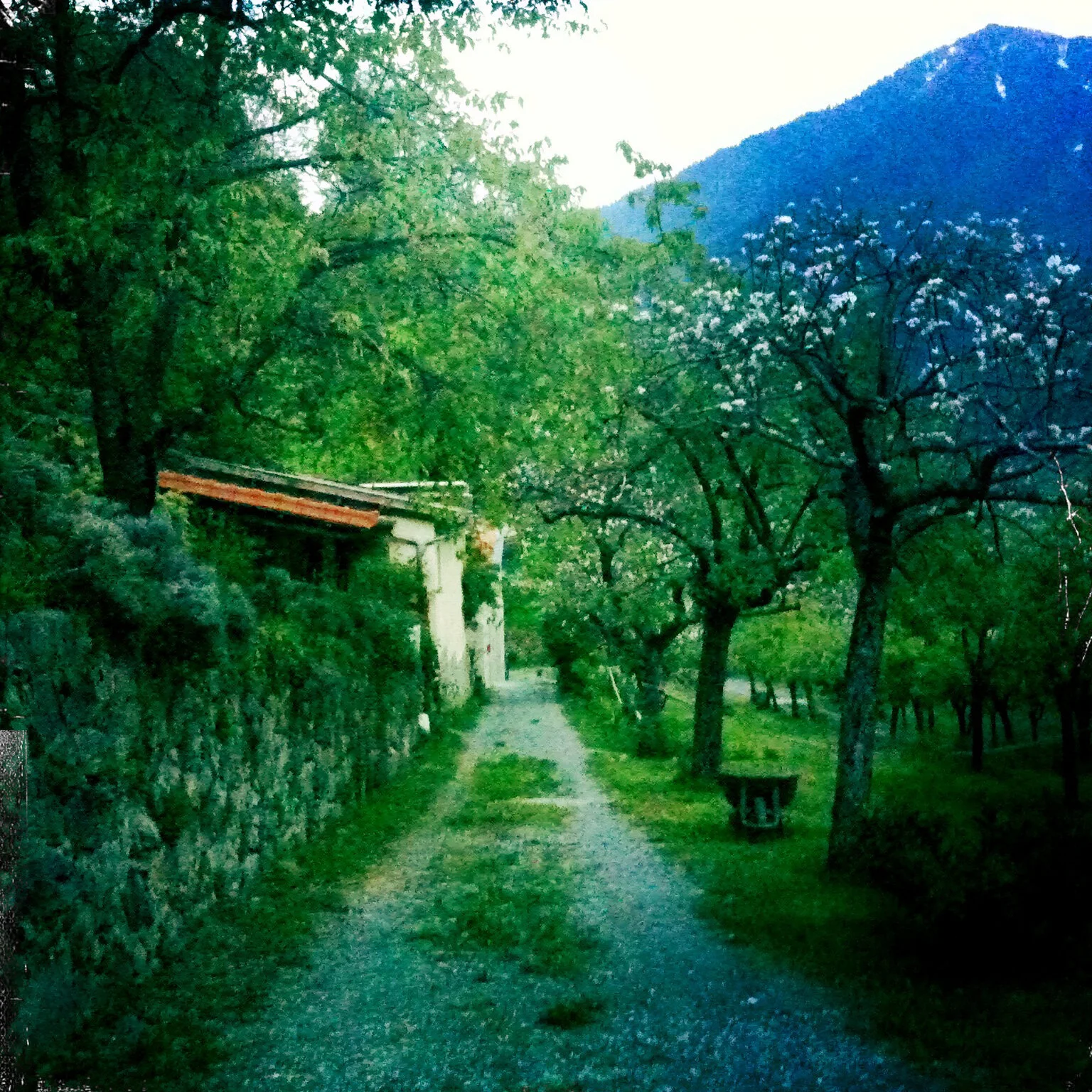Wholesale fish market in Gunsan
Gunsan (population 280.000) is a seaport on the midwest coast of the Korean Peninsula. Once a small fishing village, Gunsan now boasts an Industrial Zone and high-tech manufacturing industries. Gunsan still has a thriving fishing fleet and is an excellent place for fresh seafood. The old fish market can be found in town, the wholesale fish market has moved to Saemangeum, about 20 kilometres from the city center. Gunsan is known for saengseon hoe (생선회), raw sliced fish. The first evening I was walking along the waterfront of the old fish market when I met two men eating saengseon hoe and drinking soju. They invited me to join them and managed to feed me about half their saengseon hoe dipped in spicy chogochujang (초고추장) sauce made from gochujang by adding vinegar.
The next day I took a taxi to Saemangeum to try some Korean seafood, like meongge (멍게), gaebul (개불) and San-nakji (산낙지). In English: sea pineapple, a species of marine spoonworm commonly known as penis fish and raw octopus tentacles, still moving on the plate.
I arrived two hours early, the market only opens at 10:00 am, which gave me the chance to roam about in a deserted, eerie fish market.
The meongge (멍게), gaebul (개불) and nakji (낙지) were taken from the fishtanks and were killed right before being served. Meongge is a sea squirt and lives attached to rocks. Mine was served as meongge-hoe: raw. The taste is hard to describe. It is definitely salty but the description "rubber dipped in ammonia" in the Lonely Planet is way off the mark. Gaebul is chewy but doesn't have that much taste. You definitely need chogochujang (초고추장, vinegared gochujang) as a dipping sauce. Although I read that gaebul straight from the sea has a sweet taste, which is lost when kept in a fishtank. The san-nakji was interesting. Raw octopus tentacles also do not have that much taste, chogochujang to the rescue! I can use metal chopsticks fairly well, but with this these wriggling food items using chopsticks was a challenge.


























































































































